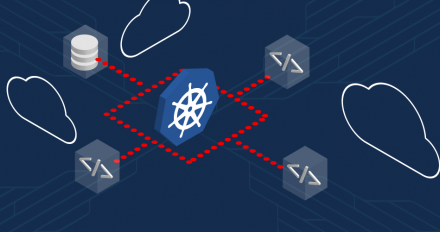
Kubernetes Operators 101, Part 1: Overview and key features
Simplify developing container-based apps by using Kubernetes Operators. You can Kubernetes by automating deployment and life-cycle management tasks.

Simplify developing container-based apps by using Kubernetes Operators. You can Kubernetes by automating deployment and life-cycle management tasks.
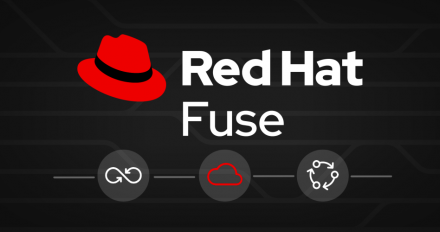
Keep reading for instructions on using Apache Camel applications in Red Hat Fuse 7.8 to produce and consume messages from Red Hat AMQ 7 or ActiveMQ Artemis.
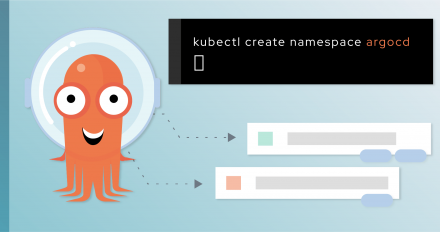
This guide helps you get started with ArgoCD and GitOps with OpenShift.
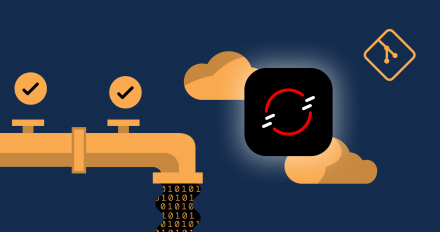
The goal of this track is to learn how to use Red Hat OpenShift Pipelines to...
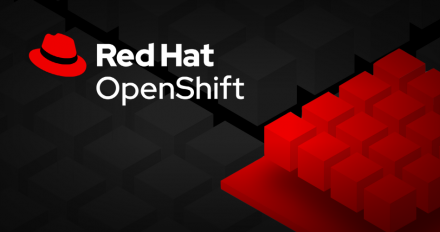
Know what to expect when updating Red Hat OpenShift 4. This article shows how to perform updates between two z-stream releases and between two minor releases.
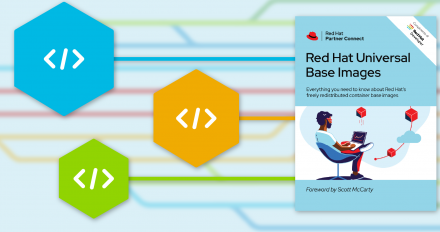
Make use of Red Hat Universal Base Image on Docker Hub. You can pull UBI images and continue coding without logging into and using the Red Hat registry.
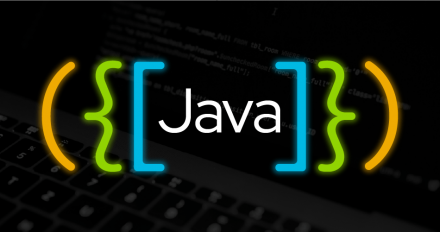
Red Hat Universal Base Images now offers OpenJDK runtime container images as a lightweight alternative to the standard builder images. Get started with using the new runtime images to deploy your Java applications on Red Hat OpenShift.
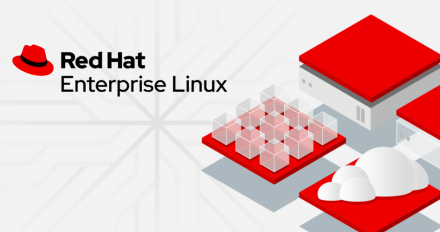
Catch up on changes to RHEL 8.4 from previous releases, including enhanced databases, application runtimes, and containers for cloud and edge computing.
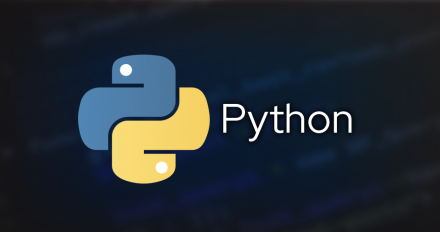
Explore the challenges of installing and managing Python dependencies in containerized environments and the benefits of micropipenv in maintaining lock files.
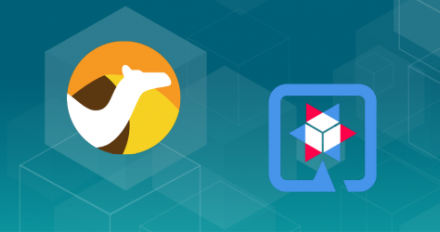
Integrate systems on Red Hat OpenShift with Apache Camel and Quarkus. This article explains how to help heterogeneous systems communicate via pipelines.

Use these five advanced Kubernetes configuration patterns to configure the Kubernetes controller while programming against the Kubernetes API.
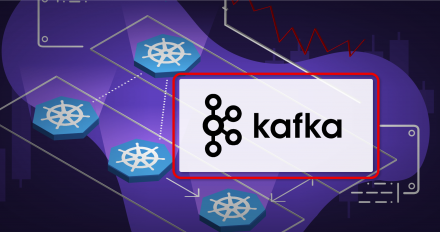
Developers know that Apache Kafka makes event processing possible, now find out how Red Hat OpenShift Streams for Apache Kafka makes it easy.

Find out how Kafka users are using event-driven APIs and contract-first workflows to describe their brokers better and retain control of the data structure.
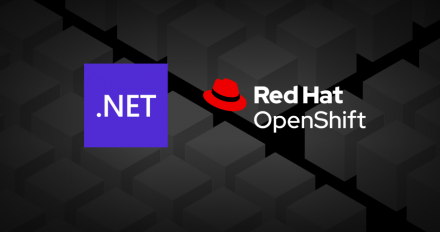
Learn how to use Red Hat OpenShift Virtualization to run a Windows virtual machine in OpenShift and treat it like any other container.
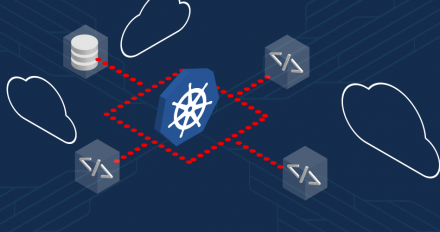
Learn eight basic Kubernetes configuration patterns and antipatterns for configuring your applications running on Kubernetes.
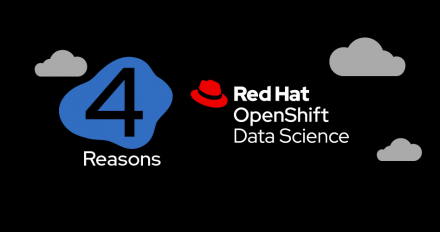
Get an overview of Red Hat OpenShift Data Science and discover the benefits of the new managed cloud service for developing your machine learning projects.
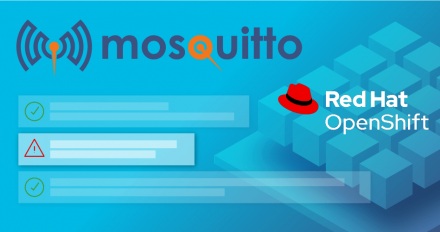
You've built your Mosquitto MQTT image, now configure and deploy it into an application that is ready to run on Red Hat OpenShift.
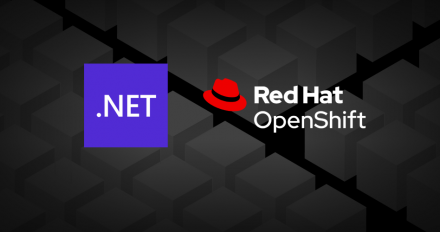
Get a quick guide to using Windows containers to deploy .NET Framework applications to your Kubernetes or Red Hat OpenShift clusters.
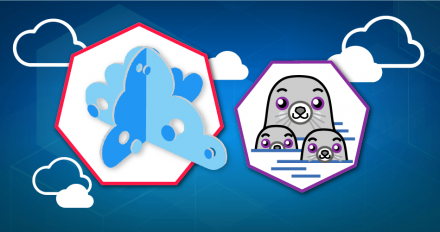
Get a quick introduction to Microcks—a cloud-native API mocking and testing tool—and find out how to use it in deployable containers with Podman Compose.
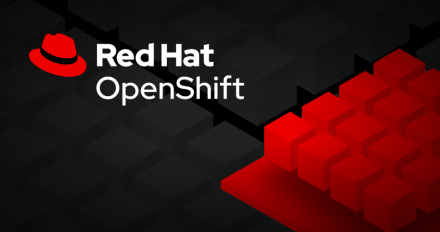
Interested in running your code in containers using the Developer Sandbox? Here's how to access your sandbox from the command line.
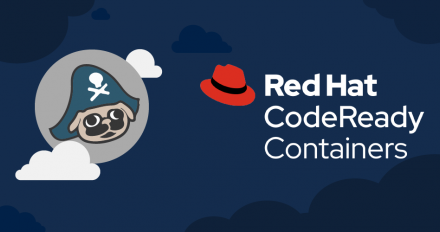
Deploy your services where you need them with Skupper, an open source project that enables communication across multiple Kubernetes clusters.
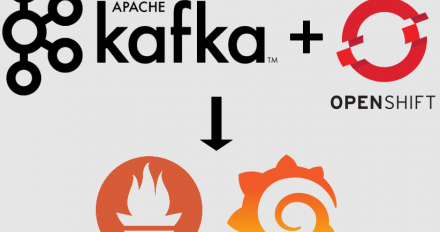
Find out how to connect AMQ Streams to a default OpenShift 4 monitoring stack. Learn to deploy a Kafka cluster and set up an AMQ Streams dashboard in Granfana.
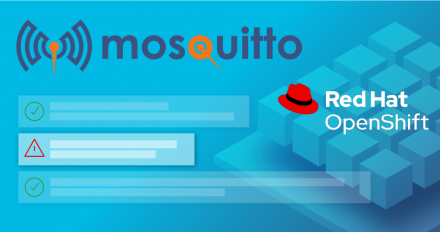
Build a container image for Mosquitto, a lightweight message broker that supports the MQTT protocol. You'll deploy the image on Red Hat OpenShift in Part 2.
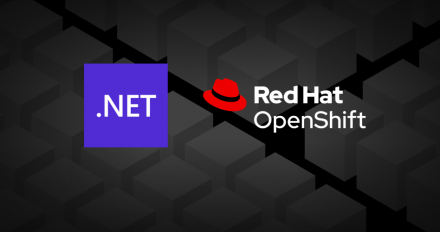
Get a high-level overview of Linux containers and .NET Core, then see a couple of ways to build and containerize .NET Core applications for Red Hat OpenShift.
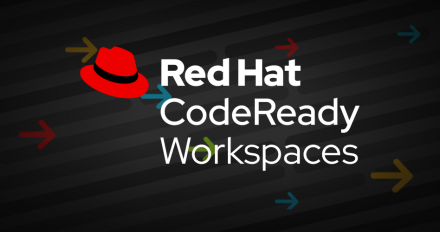
Create a Red Hat CodeReady Workspaces custom devfile registry for C++ development, then deploy a C++ application in CodeReady Workspaces using Docker.